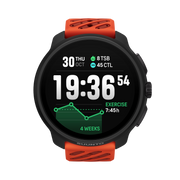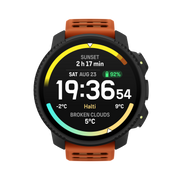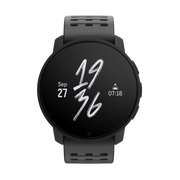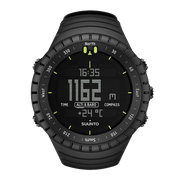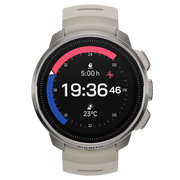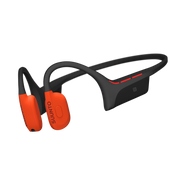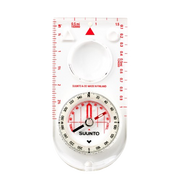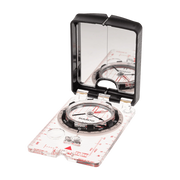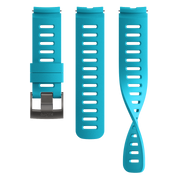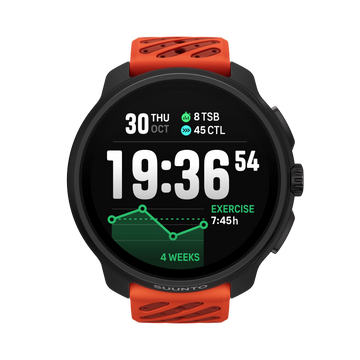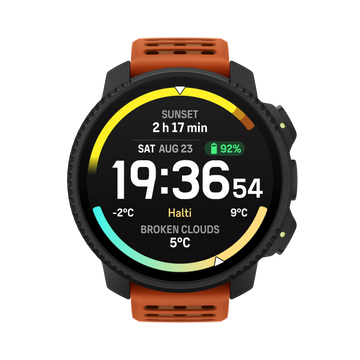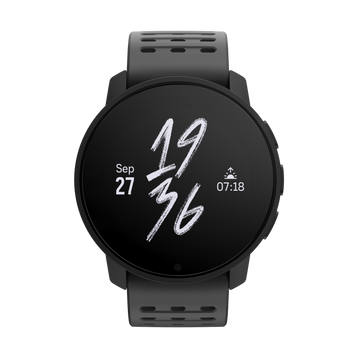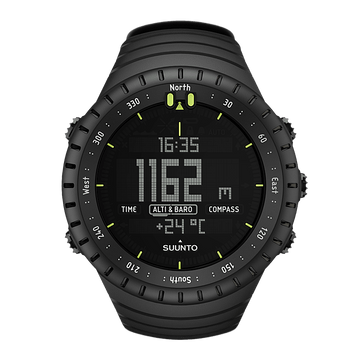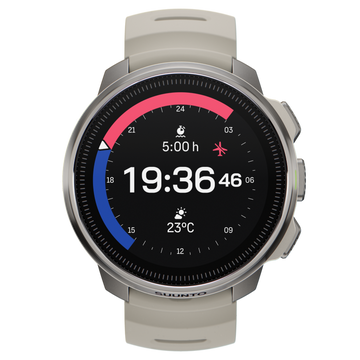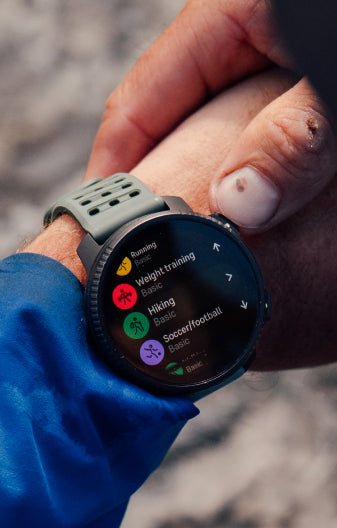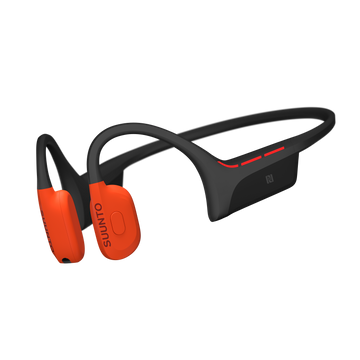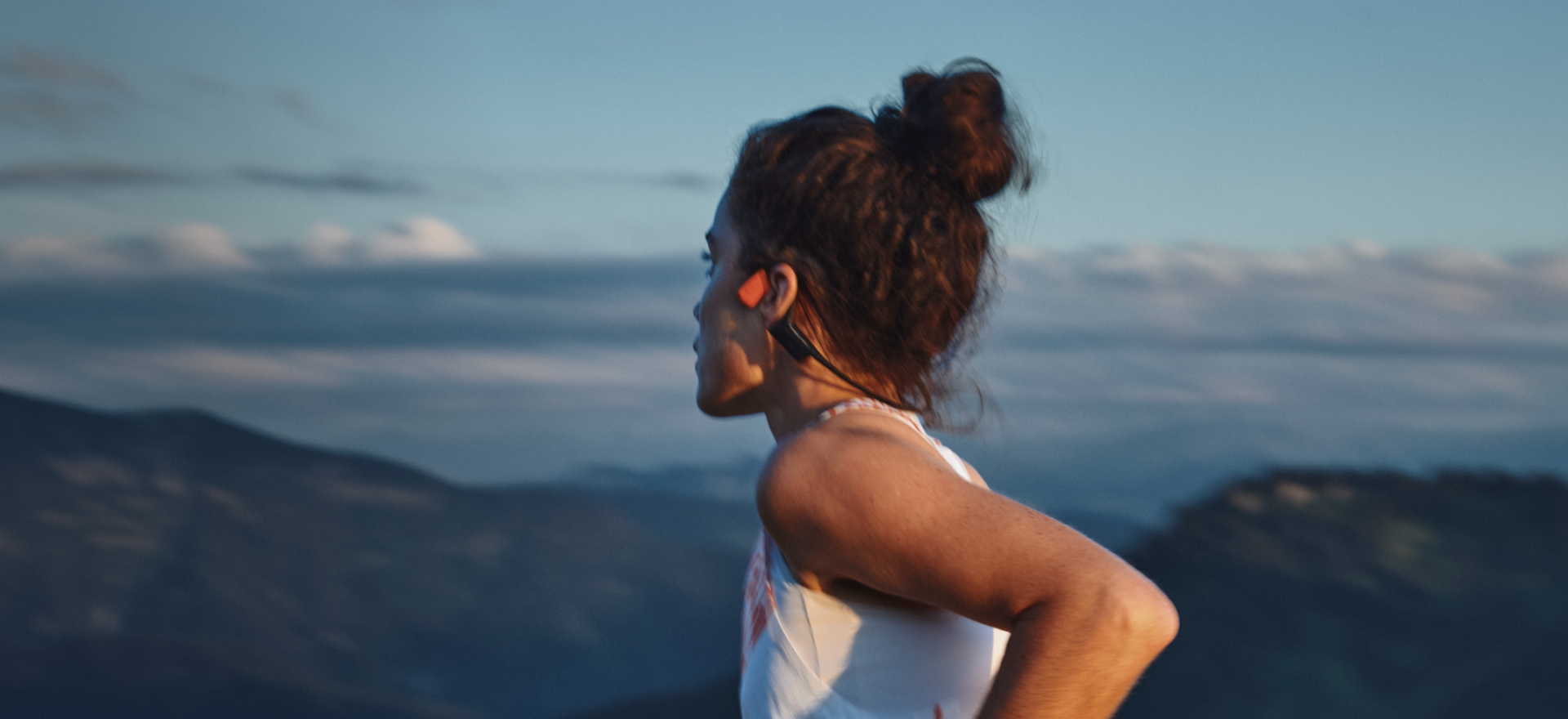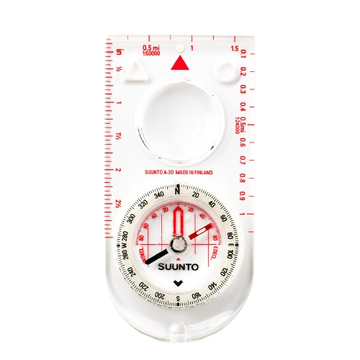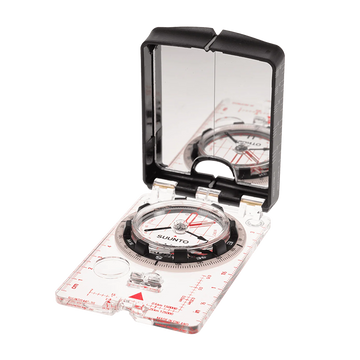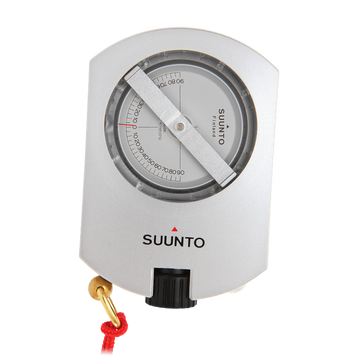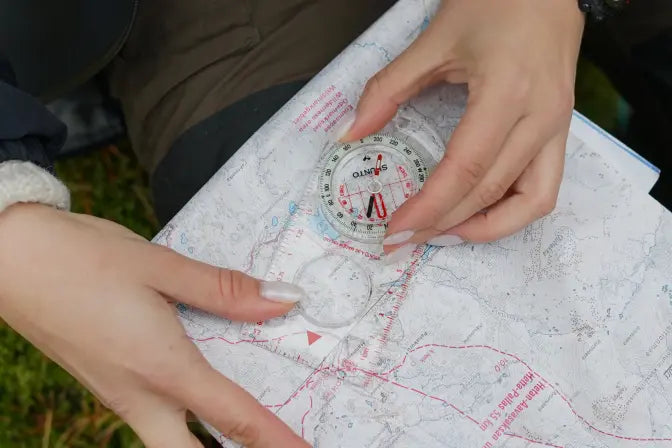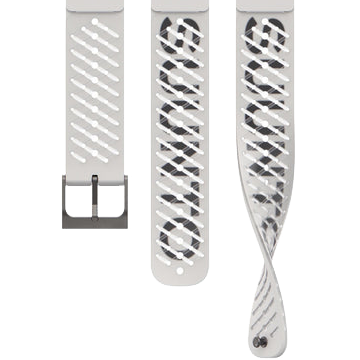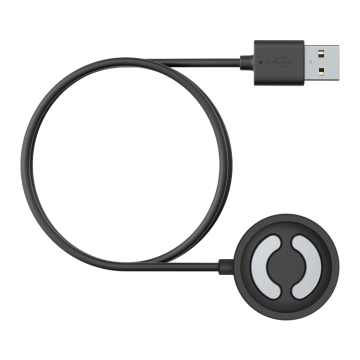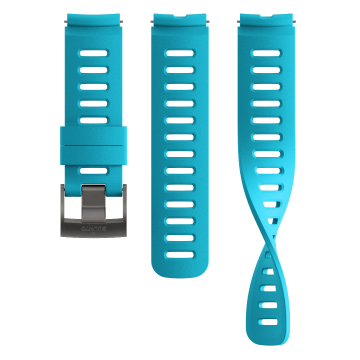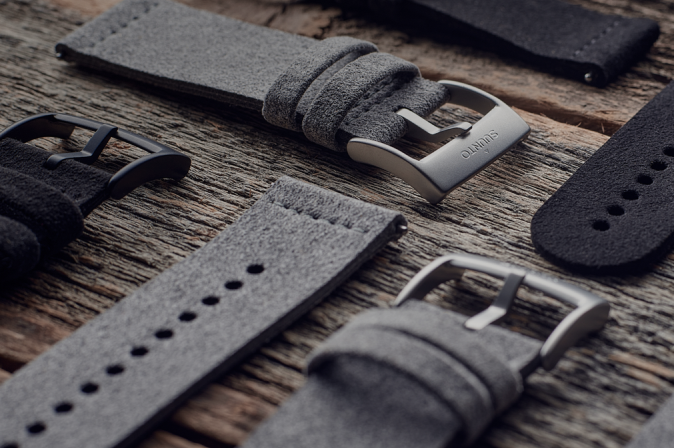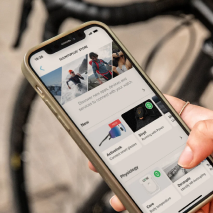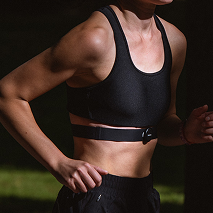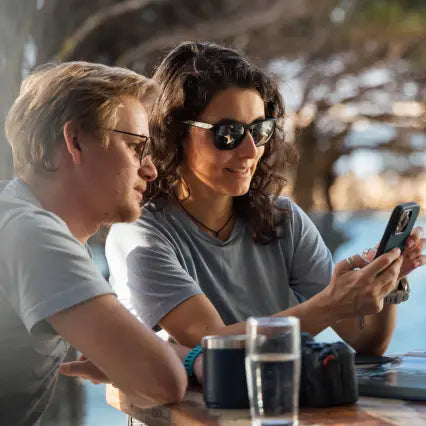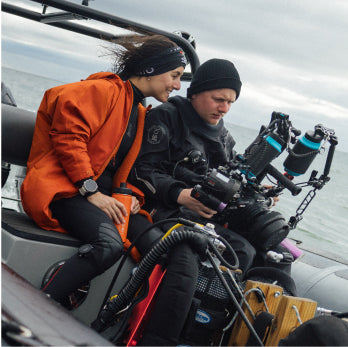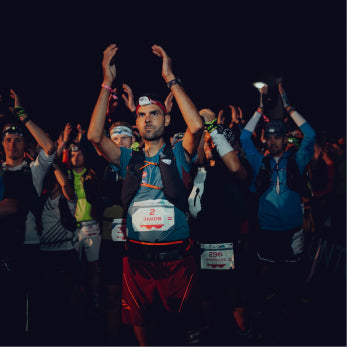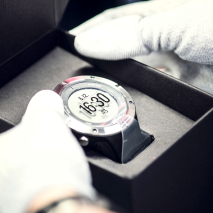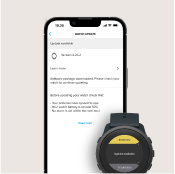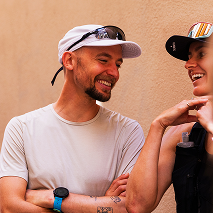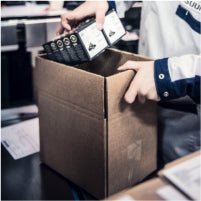

Suunto Blog
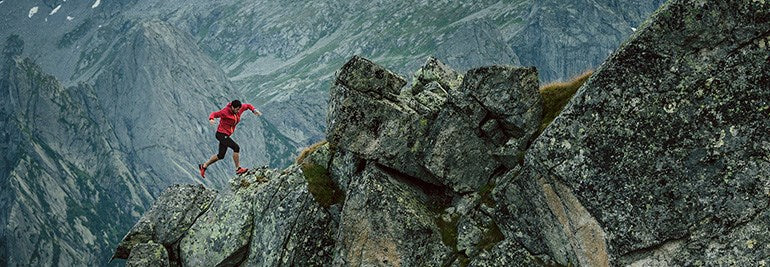
Ready for adventure in 2016
Suunto is proud to work with many amazing athletes and adventurers from all over the world, including our global ambassadors. We caught up with some of them to ask about the highlights of 2015 and what’s happening for them in 2016.
Speed alpinist Ueli Steck – the Swiss Machine
Highlights: Retaking the speed record for climbing Eiger was one of Ueli’s most satisying moments in 2015. Climbing all 82 of the 4000 m mountains in the Alps in a couple of months was also a great and liberating experience for him. His goals for 2016: To climb a new route on 8027 m Shishapangma’s south face, to take on some ultra distance trail races over summer, to keep moving physically and to continue developing his skill set as an alpinist.In one word, Ueli feels: “Great!”
© Ueli Steck
Mountain athlete Kilian Jornet
Highlight: Enjoying everyday, achieving great results and staying versatile in all distances and disciplines is what Kilian is most pleased with in 2015. His goals for 2016: First, it’s the ski mountaineering world cup. Then, the big project is attempting a world record speed ascent on Everest over summer as part of his Summits Of My Life project and, finally, some trail races. “To wake up, see a mountain every single day and go for it!” he says is his main motivation for 2016. In one word, Kilian is feeling: “Excited!”
© Kilian Jornet
Underwater explorer Jill Heinerth
Highlight: Being a TED presenter at the annual TED Youth broadcast in New York City was one of Jill’s proudest moments in 2015. Her talk reached more than 100,000 young people worldwide. Her goals for 2016: To slow down a little and enjoy her second passion in life – cycling. Aside from riding trails in Ontario, Jill and her husband hope to make cycle trip across the US, from Florida to their home in Canada. Jill is also returning to Newfoundland to explore a flooded iron ore mine and also WW2 shipwrecks. One word, Jill is feeling: “Excited!”
Triathlete Åsa Lundstrom
Highlight: Receiving emails from fans telling her that she has been an inspiration to them is one of Asa’s most rewarding experiences in 2015. Her goals for 2016: To place in the top 10 of women at the Ironman World Championships 2016, plus smaller goals for each discipline, and to be on the podium at every race she competes in. In one word, Asa is feeling: “Fortunate.”
© Orca
Backcountry skier Greg Hill
Highlight: For Greg, 2015 has been a year of rehabilitation after a serious injury in 2014. He turned 40 this year and is proud of where he’s at in life. “To be happily married, with two great kids, a cosy house and a reputation for being a solid mountain adventurer – it's all I could I'd ever ask for,” he says.His 2016 goals: To get as strong as he has ever been, some big 40,000 ft (12200 m) days in the mountains to celebrate his 40th, and speed traversing his local mountain range. The 200 km plus traverse normally requires two 10 day trips, but Greg aims to do it in two to three days. In one word, Greg is feeling: “Energized."
Mountain athlete Emelie Forsberg
Highlights: The fact that she still loves running, skiing and mountaineering as much as she does after years of it being her "work" is something Emelie is really happy about. Her four skyrunning victories and setting a new record at the Mount Marathon Race in Alaska were also satisfying achievements. Her goals for 2016: To become a faster and more all-round runner.In two words, Emelie is feeling: “Super excited!”
© Selu Vega-Transvulcania
MAIN IMAGE: © Jordi Saragossa

How to plan your training for the year ahead?
When it comes to the art of training endurance athletes, Jason Koop is the man. Koop, as his athletes call him, is Director of Coaching at Carmichael Training Systems and has written a book called Training Essentials for Ultra Running, to be published this coming spring. We caught up with him and got six tips to help you plan your coming training year.
Time travel 12 months ahead
Before sitting down to map out your annual training plan, go for a walk and do this mental exercise: transport yourself forward to December next year and imagine looking back at the preceding 12 months and asking yourself what it is you’d like to see. If you had the best year ever, what would that look like? What adventures or events would make you go, that was awesome! This will help you identify what you’re really passionate about doing, and sometimes it’s not what you think. When you connect with your emotional intelligence, you get much better answers.
Look at the big picture first
It’s not uncommon for people creating an annual training plan to get bogged down in the details. At this time of training cycle, however, you don't need to get down to the nuts and bolts and nitty-gritty just yet. Instead focus on the big picture and worry about the smaller details later. For now, start at race day and work your way back, plotting and planning the major blocks so you stay ahead of the game and avoid having to play catch up. Go from general to specific
Once you've looked at it from a big picture perspective, then you can start to think about moving your training from less to more specific. The longer you are away from the race the less specific and more general your training can be. You can apply this strategy to any kind of endurance race, whether it's a marathon, an ultra marathon or a 20 km trail race. Specificity of training can encompass a lot of different things – the terrain, the intensity of the event, elevation gain. Even the gear that you use – footwear, pack and poles – should become increasingly specific as race day gets closer.
Recruit your support team
Whether it’s your significant other, your family, your running group, or all of the above, getting them invested in the whole process, especially if your goal is really audacious, is crucial. The more people that you have in your corner who understand what you will have to sacrifice and go through, the better for your long-term training process. They can help out with things and offer encouragement. People can't encourage you if they don't know what you're doing.
Proclaim it loudly
If you have something big or crazy planned, stand on a table – or on Facebook – and proclaim it loudly and clearly. You need to do this because it becomes another form of motivation and pressure that will help you achieve your goal.
Track your progress
Tracking your progress with a Suunto watch and sports diaries like Suunto app or Strava will help you compare where you are from one month to the next. Spending some time now working out how your going to track your progress will help in the long run. Ask yourself now what progress indicators are important for you to keep an eye on.

THE TRAVERSE ACROSS A MOUNTAIN KINGDOM HAS STARTED
The winners of our #DreamTraverse Video Contest set of on their week long traverse across Lesotho in Southern Africa today.
Grobler Basson and his friends from Cape Town, South Africa, have had the dream of traversing the central part of the Kingdom of Lesotho already for quite some time. Winning Suunto’s #DreamTraverse Video Contest’s 5.000 euro main prize in November gave their project a boost.
Today the team of 18 people started their traverse at Maliba Lodge, which is located in the northern part of Lesotho. The athletes completing the traverse while trail running, mountain biking, kayaking as well as swimming are Raoul Hamman, Hanmarie Stadler, Gustav Roberts, Charl Swart, Quintin van Heerden, Chris de Bruyn, André Joubert, Grobler Basson, Neelke Stadler and Vian Espost. In the documenting, logistics and support roles are Gideo Basson, Josh Rowe, Attie Stadler, Erika Basson, Karmien Joubert, Janine du Bruyn, Inge Basson and Joshua Oostuizen.
The team’s logistics crew is driving an overland truck that carries people, mountain bikes, kayaks and all the rest of the gear, food and filming equipment.
We talked to Grobler Basson just before the start.
How remote are the mountains of Lesotho?“The term ‘remoteness’ in the Lesotho mountains has a slightly different meaning. Even though we may see some herd boys high up in the mountains communication is desperate at best as my knowledge of the native language Sesotho is scary! As Lesotho is a full on third world country, medical assistance would preferably be sought in South Africa which is a 5 to 7 hour drive by car when picked up on a viable road.“
Are you following an existing route or are you taking your own way across the Mountain Kingdom?“The least amount of known routes possible was our outset from the start. However, during the mountain biking legs there will be some jeep track and even a small stretch of tarmac. The remainder of the route is unknown and new, we will be navigating these stages and following some game trails as well as trails made by the local heard-boys. On the first and last trail running stages we will traverse large ridgelines where no paths exist.
How long is the route?“The route is approximately 210km. According to our route schedule, trail running should make up about 70km, mountain biking 110km, kayaking 28km and a couple of kilometres for swimming. However, as we will be navigating in some unknown territory, these figures are seen as mere guidelines!”
The trail running route on the first day will reach an elevation of 3200 meters.
What are the biggest challenges?“As Lesotho has been experiencing some severe drought, water during the long and remote stages becomes a concern. Navigational errors may see some of the athletes prolong their stages significantly. The weather is also a concern. Even though it is summer time, last month while competing in the Salomon Skyrun about 180km from where we will start, it started snowing. Due to the high mountain climate, to under estimate the weather could pose significant danger.”
What will be the highlights of the traverse?“I think this traverse will be filled with some amazing highlights, but when all is said and done and our bodies start to show the miles, to look back and say I experienced this with my closes friends is priceless. It is something that money can’t buy. We truly believe life is better in a team!”
Follow the Kingdom Traverse project also at kingdomtraverse.co.za
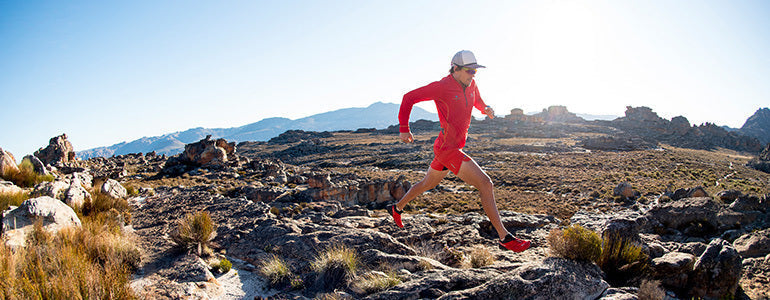
7 signs you’re pushing too hard
Ryan is taking a break from elite racing until 2016. © Craig Kolesky / Red Bull Content Pool
It’s not uncommon for runners to push themselves too hard. That’s why many of us choose to work with a coach – they often stop us from overdoing it. They stress the importance of recovery just as much as training. Without recovery, there’s no improvement.
“If you get overtraining symptoms it’s important to back off,” says Ryan. “The best thing to do, is nothing, watch a whole bunch of movies to allow your body and hormones to recover and settle again.”
No spring in your legs? You might be pushing too hard. © Craig Kolesky / Red Bull Content Pool
1. Beware, the grumpy runner!
When we push too hard with training it’s easy to lose motivation and wind up feeling flat or, worse, irritable. One minute you're feeling great and then the next minute for no reason you are feeling super grumpy.
2. No bounce in your springs
If you find yourself plodding through your training with legs that feel like concrete, it might be a sign you need to ease off. You should have pep in your step. There’s a difference between tired legs and legs with no spring.
3. The force field is down!
Overtraining results in a weakened immune system. With your biological force field out of commission, one virus after another can cruise in and cause illness. If you’re catching one cold after another or just feel lousy generally, then you need to rest.
4. Restless nights
If you are battling to sleep at night and then feel exhausted during the day this might be due to elevated cortisol levels from too much training and stress on your body.
5. The dreaded niggles
Overuse injuries, tendonitis and stress fractures are signs you might need to change down a gear or two. Remember, trying to bulldoze your way through a niggle often leads to full-blown injury.
6. Stuck in the slow lane
When your legs are becoming chronically fatigued, it’s not surprising to find your training times getting slower. Rather than trudging on, it might be time to consider getting those legs massaged and allowing them to recover.
7. Running on empty
Loss of appetite can be another symptom of pushing too hard. This further compacts the problem by starving the body of the nutrients it desperately needs.
Main images: © Craig Kolesky | Red Bull Content Pool
The routes of a pro
Think you can take on one of the world’s top ultra runners? We asked this year’s Ultra Trail World Tour silver medallist Gediminas Grinius for his favorite places to run around the world. Check out his list below.
© Ultra-Trail World Tour
Squaw Valley, California, USA
Distance: 13.22 km (8.2 miles)Elevation: 970 m (3,182ft)Time to beat: 1:49’51Why: If you want to feel the Olympic atmosphere of the resort and at the same time climb the very first and the most beautiful part of the legendary Western States race this trail is for you.Click for Gediminas's tips on transitioning from road to trail running© Pete Forsyth via Wikimedia Commons
Mt Teide, Tenerife, Canary Islands
Distance: 63.95 kmElevation: 4,671 mTime to beat: 10:29’21Why: Long, but an amazing run, especially if you start in the evening. With a bit effort you can see the sunrise from the Volcano, which is the highest peak in Spain.
© Nikodem Nijaki via Wikimedia Commons
Roque Nublo, Gran Canaria, Canary Islands
Distance: 38.23 kmElevation: 2,189 mTime to beat: 5:25’42Why: A nice run from Artenara Cave hostel to the picturesque Roque Nublo from where you have all the island stretched out on your hand. If the sky is clear you can see Mt Teide on Tenerife on the horizon.
© H. Zell via Wikimedia Commons
Piton de la Fournaise, Reunion Island
Distance: 12.01 kmElevation: 544 mTime to beat: 2:18’30Why: It is must to run this trail, as it is in the middle of la Reunion island and part of the Raid de la Reunion race, also known as the Diagonale des Fous – the route of crazies. At the end of the trail you are on the top of a still active volcano. It’s an incredible and very difficult trail. © B. Navez via Wikimedia Commons.
LTU Trail Running People trail, Lithuania
Distance: 28.37 kmElevation: 1,263 mTime to beat: 3:08’45Why: This is what you are forced to do when you don't have real mountains :) But it is home and a place where the (local) LTU trail running community was born, so it’s close to my heart.© Kontis Šatūnas via Wikimedia Commons
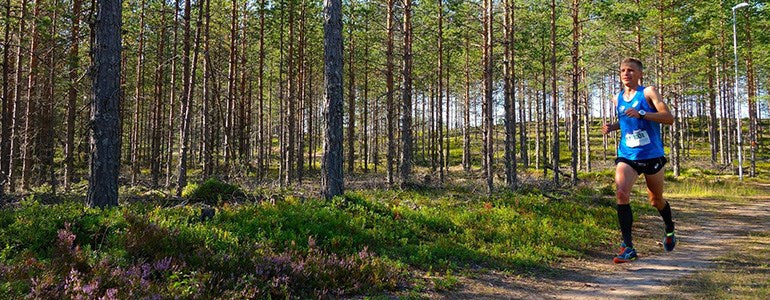
Is this the run of the summer?
Earlier this year, Jonas Buud, an amateur runner from Sweden, was laid up with a stress fracture in his hip bone. Things weren’t looking good; his recovery meant walking instead of running. But he had his eyes on his local race and decided to do it anyway, despite only two months’ of running on his legs. It was the 90 km Ultravasan, which follows the route of the famous Vasaloppet cross-country ski race. Not only did he win, he did it with some style, averaging a pace of 3’49 per kilometer for 90 km on an off-road course that packed an ascent of 872 m. We had one question:
That’s a 2h 40m marathon time. How did you sustain for 90km!?It’s crazy! I didn’t know my shape as I had not run much. The plan was just to follow others at the start. Max King, the 2014 100 k world champion was also running. The plan was just to follow him for as long as I could.
Talk us through the raceI thought I was running a bit slow in the beginning and I wasn’t checking my speed, but I did the first 5 km in 20 min, which was not so slow – and it was uphill!
“I couldn’t slow down. My legs just continued running.”
When did you realise you were doing well?The first 30 km is not so technical. It’s fast. It’s then a bit hilly at the halfway mark of Evertsberg, the sprint prize is also there, so Max took that one – he was running really fast. He then stopped to fill up some water but I continued through the checkpoint. There’s then a really long descent, the fastest part. I left Max and just continued at the same speed.
And you kept up the same pace? At 25 km to go, I thought, ‘Oh maybe I’m going too fast; I should slow down – I don’t want to run faster than a 4 minute km’, but I couldn’t slow down! It was a really nice run the whole way and I was in the shape of my life. My legs just continued running.
What a turnaround for you! It’s been a strange season. I got a stress fracture in December and could not run for six months. My first run was 1 min walk, 1 min run which I increased every week. My first 30 min run without stops was in late May.
You came late to running as well? Yes, I started really late although I've been orienteering since I was 10. I did my first marathon aged 30 in New York [2:36] where I met some other runners who told me to go on a training camp with them in Portugal. There I heard about the Swiss Alpine Marathon. I thought it would be too tough but I won. [He’s since won it eight times in a row!]
The finish must have been special?The year before was one of my best races ever [6:02 h]. Under six hours can be really tough. I had 5k left and I started to see what time I should have. I thought it can’t be true it’s too fast. It was one of the best moments as a runner because the history of the season, it’s also my hometown and a lot of people were at the finish.
What’s your training secret? I just run!
